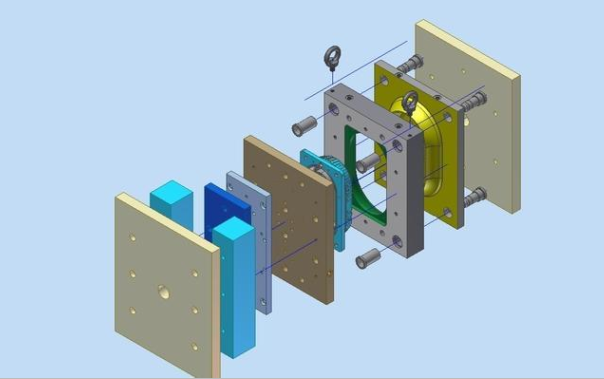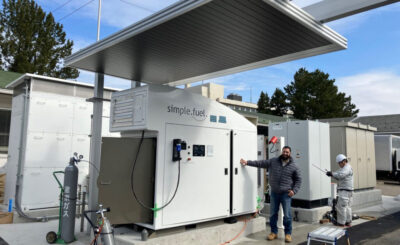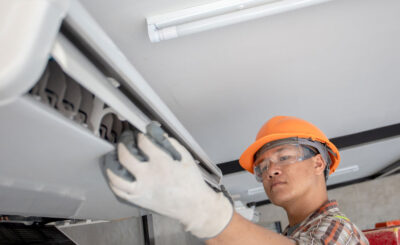When done right, injection mold design can yield the perfect molded parts while reducing time and costs. Implementing the following practical guidelines can help you achieve the best results.
Ensure uniform thickness
Inconsistent wall thickness throughout a part can present several problems, such as poor material flow and uneven cooling. In fact, most injection molding defects can be traced back to poor material flow, and an uneven cooling rate as the material solidifies.
For instance, non-uniform cooling can cause warping, while sink marks can result if the walls are too thick. Adding coring and ribbing helps to avoid thick walls while adding radii ensures smooth and strong plastic flow.
Choose the right material
Depending on the function of your parts, important material characteristics may include good chemical, impact, abrasion, and thermal resistance. You may also prefer a particular color. However, because of the wide range of materials available on the market, choosing a suitable material may seem like a daunting task.
The good news is, material choice for plastics can generally be narrowed down into two main options. Thermosets like epoxy, silicone, and polyurethane undergo a chemical change during the injection molding process. Thermoplastics such as Teflon, acrylic, and polypropylene don’t undergo a chemical change but instead soften when heated during the injection molding process.
All thermoplastics are suitable for injection molding, but not all thermosets can be injection molded. Additionally, these plastics can be mixed to create hybrid materials. Additives and fillers such as fiber, minerals, and flame retardants can also be mixed in to improve the properties of the material.
Partner with the right custom machine shop
Choosing the right molder is a step that is easily overlooked during the initial stages of the injection mold design process. The designer may very well have a good handle on the process, but your molder’s input is also crucial if you want to streamline the production of your parts.
Injection mold design has many moving parts, and the development process involves several steps before production occurs. Therefore, partnering with your molder early on reduces design mistakes and corrections that can cause delays and increase costs. Discussing things like material options and critical tolerances with your molder ensures that your design yields plastic parts that are molded precisely to your specifications.








